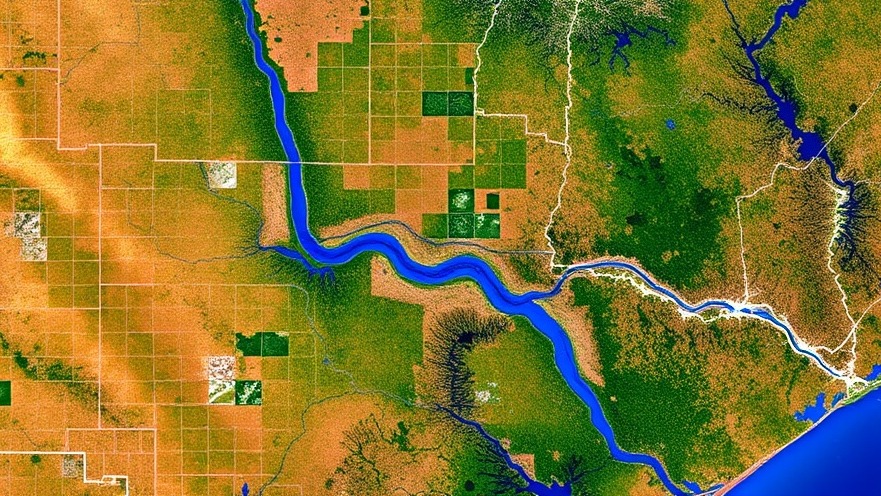
A Heart-Wrenching Tragedy: The Texas Flash Floods
In a catastrophic turn of events, Central Texas has become the heart of a devastating flash flood crisis. On July 4, 2025, severe weather led to flash floods that have resulted in the tragic loss of over 110 lives, with more than 160 individuals still unaccounted for. Among the hardest hit locales was Kerr County, particularly the area around Camp Mystic, a beloved Christian summer camp for girls, where at least 27 campers and counselors perished.
The Landscape of the Disaster
The floods were worsened by heavy rain along the Guadalupe River, contributing to rapidly rising water levels early Friday morning. Kerr County, where the majority of fatalities occurred, reported its hardest-hit areas as cities like Kerrville, which sits approximately 100 miles west of Austin.
Not only was Camp Mystic affected; nearby camps such as Camp La Junta and Camp Waldemar have confirmed that all their campers and staff are safe. The devastating impact of the flood serves as a grim reminder of the power of nature and the vulnerability of our communities during extreme weather events.
What the Authorities Are Saying
In an ongoing effort to assist the affected areas, Texas Governor Greg Abbott has stated that rescue teams are actively searching for survivors. The rising death toll has prompted an outpouring of support from across the state and nation, with organizations mobilizing to aid families in need.
The National Weather Service has categorized this event as unprecedented, indicating a pattern of increasing flooding risks in the region. The implications for future policies and community preparedness are yet to be fully realized, as many look for answers in the aftermath of this tragedy.
Historical Context and Background
This recent flooding incident in Central Texas particularly underscores the region's susceptibility to natural disasters. Historically, the Texas Hill Country has faced similar weather challenges, with flash floods claiming lives and causing significant damage over the decades. Understanding past flooding events can help stakeholders prioritize infrastructure improvements to better protect communities in the future.
Connections and Community Resilience
The tragedy at Camp Mystic highlights the extent to which communities are intertwined. The loss felt by families extends beyond those directly involved, affecting friends, neighbors, and all who cherish the bond created within such communal settings.
The resilience observed in the immediate responses—where local communities band together to provide assistance—offers a glimmer of hope amidst despair. This aspect of community recovery is essential, as it lays the groundwork for future healing and rebuilding efforts.
Future Predictions: Preparedness for Climate Events
As climate change continues to reshape our weather patterns, experts predict that the frequency and intensity of flash floods will likely increase. Communities must brace for future occurrences through improved disaster readiness and infrastructure resilience. Additionally, advocating for comprehensive environmental policies will be crucial in addressing the root causes of climate-related disasters.
Conclusion: A Call to Action
The catastrophic flooding in Central Texas is not only a moment of mourning but also a pivotal opportunity to reassess our preparedness for extreme weather. Engaging local communities, lawmakers, and environmental experts in discussions about climate adaptation and flood management will be vital moving forward. Let us not forget the victims of this tragedy and work together to ensure such a disaster does not happen again.
Visit local community organizations to see how you can lend your support during this trying time, whether through donations, volunteering, or simply spreading awareness. The strength of a community shines brightest in its most challenging moments.
 Add Element
Add Element  Add Row
Add Row 



Write A Comment